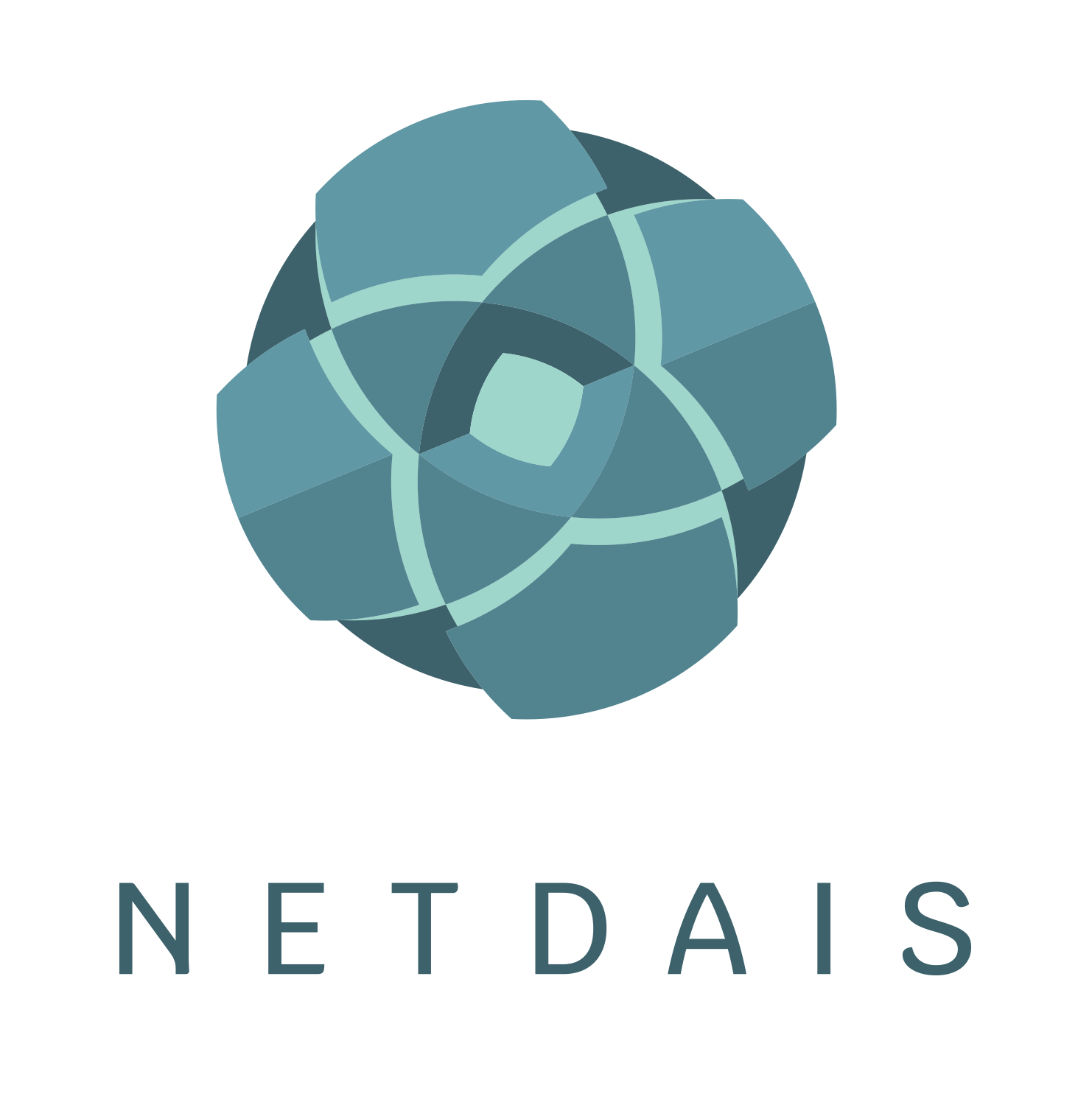Stairway to Heaven
When Led Zeppelin released their power ballad ‘Stairway To Heaven’, I know they didn’t write it with cloud computing and migration pathways in mind, but as I sit down to ponder this topic for you today I can't help but muse over their lyrics and the world famous title we’ve all come to know and love…
‘Ohh, it makes me wonder,
Ohh, it really makes me wonder.’
What are your reasons for migrating to the cloud?
The most common (and valid) reasons I encounter include: reduction of hardware lifecycle spending, simplification of disaster recovery implementations and increased collaboration among teams. Whilst there is plenty of information out there on the benefits of migrating to the cloud, there isn’t much available on how to successfully get there. Cue Robert Plant:
‘Yes, there are two paths you can go by, but in the long run
There’s still time to change the road you’re on.
And it makes me wonder.’
No matter what you’re migrating to the cloud - be it apps, your datacentre or infrastructure - it’s important to not become a balloon in the sky. There is no use having your head in the cloud(s) unless your feet are still firmly connected to the ground. When our head is in the clouds (point B), we tend to forget about what’s happening down on the ground (point A), becoming disconnected and losing track of our pathway from point A to point B.
The ground is your Local Area Network (LAN) and the pathway is your Wide Area Network (WAN). Often, these networks (commonly referred to just as ‘the network’) are the first to cop the blame for any cloud migration issue.
Have you moved an application from one server to another server, or moved an application between your private datacentres only to find the performance of that application did not meet your expectations? In my experience, the reason ‘the network’ is blamed for migration issues is because it was not prepared for the application move in the first place.
Think of it like this: in a restaurant you order a steak without stating to the waiter how you like it done and when it arrives, it is well done. You actually wanted it medium rare, but the chef didn’t know, because you didn’t mention this when you made the order.
Similarly, not informing the LAN and WAN about intended changes can result in the applications’ slow response time or it not working at all. This type of issue will increase your capital and operational costs over time as your staff drop their usual tasks to troubleshoot the application issues.
Often, migrating to the cloud only intensifies blame on the network as your applications are now off-site and using other networks owned and maintained by a third party and therefore out of your control.
So how do we avoid network issues and higher costs when creating our ‘Stairway To Heaven’?
We ensure the network is informed about the change in traffic patterns associated with moving to the cloud. This means checking that your current LANs and WANs, alongside the potential cloud provider’s network and systems are prepared before initiating the migration. This requires an audit of your cloud provider’s network and system offerings as well as your own network. Both networks need to be efficient, adaptable and well informed.
A properly functioning and maintained Network Monitoring System (NMS) with historical data aids network auditing. Without an NMS, you have no visibility into your current traffic patterns. It’s like trying to plan a city’s road upgrades without knowing how big the current roads are, how the roads interconnect or how much each of those roads are being used.
As talked about in a previous post, proper Network Knowledge (NK) is essential to all aspects of your network and this includes migrating to the cloud. Up to date documentation obtained through auditing and a maintained NMS are crucial components of proper NK.
Having enough WAN bandwidth and a Quality of Service (QoS) design are keys to preparing the network for migrated to the cloud. Ensuring you have enough WAN bandwidth for the increase in traffic at each site goes without saying. “Why do I need QoS if I have enough WAN bandwidth?” I hear you ask…Well, QoS gives you the control to guarantee and prioritise your important traffic when (not if) your WAN bandwidth gets saturated.
Proper NK and implementing any necessary changes prior to migrating to the cloud ensures the network is equipped to handle the changes in traffic during and after the migration.
It is rare that a cart placed in front of the horse is efficient or successful.

Let’s not let the chef be blamed for an overcooked steak simply because he didn’t know the order.
NETDAIS will Audit your current network, Design a migration plan and Implement the necessary changes in your network, so that both you and your network are adequately prepared for your winning migration to the cloud.
After all, ‘she’s buying a stairway to heaven.’
